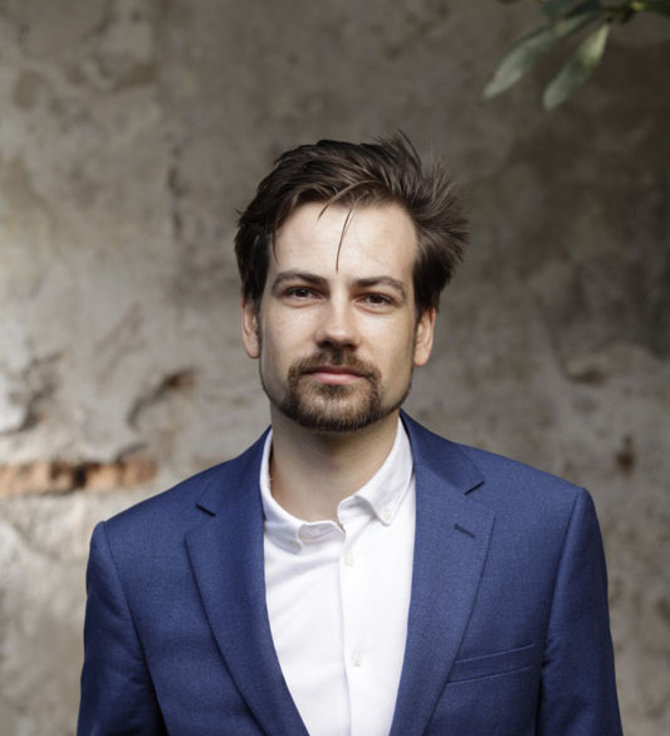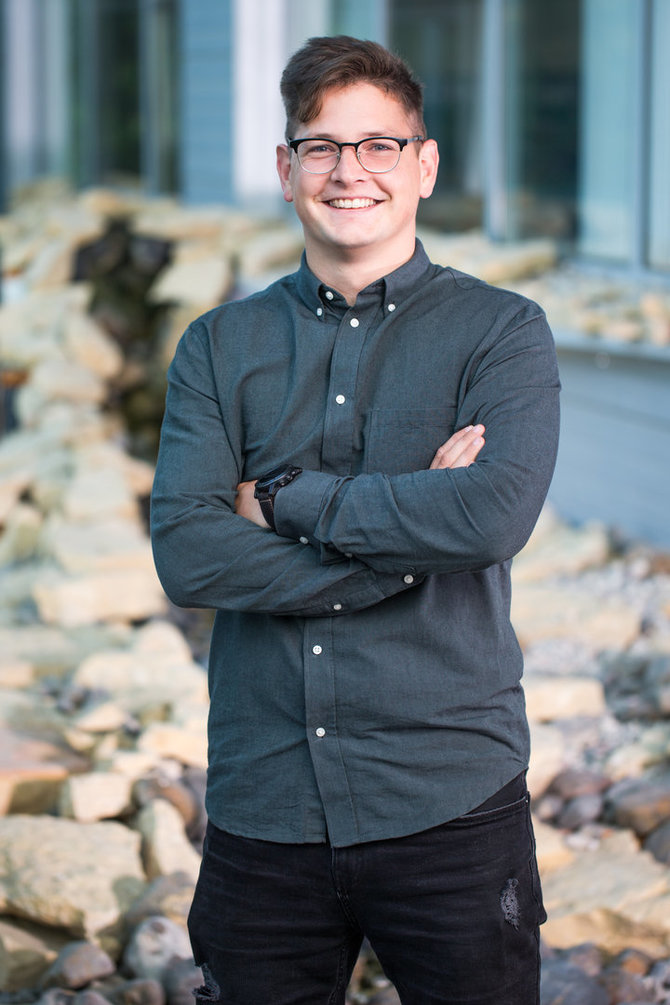The topic for this year’s competition ‘Holiday Home’ was dictated by the global pandemic, and people’s need to isolate and at least briefly escape to nature. Market experts observed that the unique situation also changed the understanding of cities as well.
Theme influenced by the need to return to nature
The competition Architectural Challenge has been organised for six years, and its idea emerged with the modular and mobile building company seeking to introduce architects to such architecture and take a broader look at opportunities for using modules.
Every year, the competition’s theme is chosen by the most pertinent of the time and anyone can participate – from architecture students to young architect companies. This year’s task was to create a project for a small family holiday home, as according to marketing project head for Ryterna Modul, Vainius Gabalis, during the pandemic, the company observed an increased desire among customers to purchase small modular houses and escape to nature. The competition’s organisers received over 200 projects for such houses from 58 countries this year.
“For urbanists, the topic of the pandemic is sensitive because up to now, it was believed that a healthy and sustainable city must be compact and densely inhabited. However, the current situation has served to show that people need a possibility to step back, work or live further away and at the same time feel comfortable,” said Ignas Uogintas, a member of the competition commission, architect and VGTU lecturer.
He observed that Vilnius is not particularly densely inhabited, but in other countries, a more difficult situation is unfolding: “For example, when speaking to colleagues living in central New York, one can hear how the merciless pace of the city make for an oppressive atmosphere. This is relevant for the entire world, and so the 2020 competition was about the possibility of escaping, creating for yourself in a simple and beautiful way a new environment, making use of houses made via a modular system.”
Lithuanian piece wins
This year’s competition was won by the Lithuanian designer duet of Eglė Kliučinskaitė and Marius Lukošiūnas. According to Uogintas, their work excellently presented principles of great importance to architects – the ratio of light and dark, distribution and purpose of spaces, and the family’s ability to live in these spaces. Second place was taken by Viktoria Matryuk from Russia, and third place by Bartosz Plaza from Poland, with Yuliya Malkova from Belarus receiving an honourable mention.
The participants’ work was evaluated in anonymity and so, it was not possible to know which country’s representatives have which views of holiday homes. Nevertheless, certain trends did emerge. “We received a wide variety of works – from standard naval container type houses which only contain a room, a sanitary hub and a showcase window, to very creative solutions. For example, the projects made significant use of wood, cosy spaces were formed even in small huts, with the spaces being modifiable and their purpose adjustable. This is the direction contemporary architecture should move in,” Uogintas says.
According to Gabalis, the winning works of this competition have been shared by the New York Times, on digitaltrends.com, inhabitat.com, archidaily.com, and numerous other architecture websites. As such, the publicity offers further recognition for the architects.
The competitors’ works were evaluated by an independent commission comprised of architects Ignas Uogintas and Kęstutis Vaikšnoras, Ryterna Modul head Andrius Orlovas, last year’s winner Giacomo Caputo, and architect Donatas Cesiulis, who has won third place twice in the competition.
“Every year, the winners are chosen based on architectural appeal, originality, functionality and the possibility to realise the idea and adapt it for production. Thus, while the winners receive monetary prizes, the architects are most motivated by the possibility to cooperate in implementing the projects they created,” Vainius Gabalis explains.
Advantages of modular constructions
According to Gabalis, the Architectural Challenge competition, which has been running for six years, reveals ever-new opportunities for employing modules every year. Modules are also gradually being discovered by private clients as well, while among business clients, they have already been used for a long time.
“We supply modules to eleven countries, mostly the German and Scandinavian markets, and we mostly work with the construction of administrative buildings. We have observed that for large projects, modules help save around half a year, compared to traditional construction. The advantage of modules is that while construction permits are being arranged and foundations laid, module manufacturing can already begin and they can, later on, be brought in and merged into a complete building. Furthermore, during manufacturing, modules are formed under optimal temperatures for technical processes, which allows ensuring good installation quality, regardless of weather conditions. Finally, equally high-quality materials are employed for the construction of modules,” the marketing project head for Ryterna Modul lists the advantages modules offer.
















